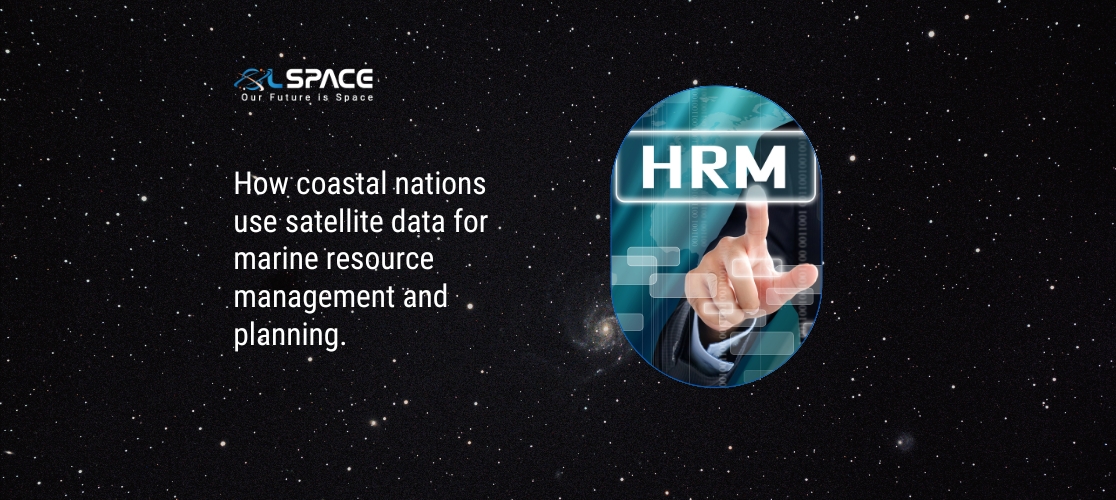08 September 2023
How coastal nations use satellite data for marine resource management and planning.

Coastal nations around the world are increasingly using satellite data for marine resource management and planning. The utilisation of satellite technology provides valuable information for monitoring, conserving, and sustainably managing marine resources. Here are several ways in which coastal nations leverage satellite data for these purposes:
Fisheries Management:- Coastal nations employ satellite-based remote sensing to monitor the movement of fishing vessels and identify illegal, unreported, and unregulated (IUU) fishing activities.
- Satellite imagery helps track changes in sea surface temperature, ocean color, and chlorophyll levels, providing insights into fish migration patterns and spawning grounds.
- Data on sea surface temperature and ocean currents assist in predicting the location of fish stocks, enabling more effective and sustainable fisheries management.
- Satellite data aids in monitoring the effectiveness of marine protected areas by tracking changes in sea surface temperature, sea level rise, and ocean acidification.
- High-resolution satellite imagery helps assess the condition of coral reefs and other vulnerable marine ecosystems within MPAs.
- Coastal nations use satellite observations to monitor changes in coastlines, erosion, and sediment transport
- Sea level rise data from satellites assists in planning for coastal protection measures and adapting to climate change impacts.
- Satellite imagery and radar data are crucial for detecting oil spills and assessing their extent in near-real-time.
- This information allows rapid response and mitigation efforts, minimising environmental damage and protecting coastal economies.
- Satellites help identify and track sources of marine pollution, such as sewage discharges and industrial runoff.
- Monitoring ocean currents and wind patterns aids in predicting the movement of pollutants and their potential impact on coastal waters.
- Satellite-based navigation systems like GPS are fundamental for safe and efficient maritime transportation.
- Coastal nations rely on satellite data for real-time vessel tracking, weather forecasting, and maritime search and rescue operations.
- Satellite imagery provides insights into the suitability of coastal areas for aquaculture, considering factors like water quality and temperature.
- Monitoring of aquaculture facilities from space ensures compliance with environmental regulations.
- Satellite data is vital for monitoring weather patterns and predicting tropical storms, hurricanes, and tsunamis.
- Coastal nations use this information to issue early warnings and evacuate vulnerable coastal communities.
- Satellite observations help coastal nations assess the impact of climate change on their marine ecosystems, including ocean acidification and coral bleaching.
- This data informs climate adaptation and mitigation strategies.
- Satellite technology supports the tracking and conservation of marine species, including sea turtles, whales, and migratory birds.
- It aids in identifying critical habitats and migration routes.
In summary, satellite data has become an indispensable tool for coastal nations in their efforts to manage and plan for the sustainable use of marine resources. It enhances the ability to monitor, protect, and adapt to changing conditions in coastal and ocean environments, contributing to both economic prosperity and environmental conservation.
